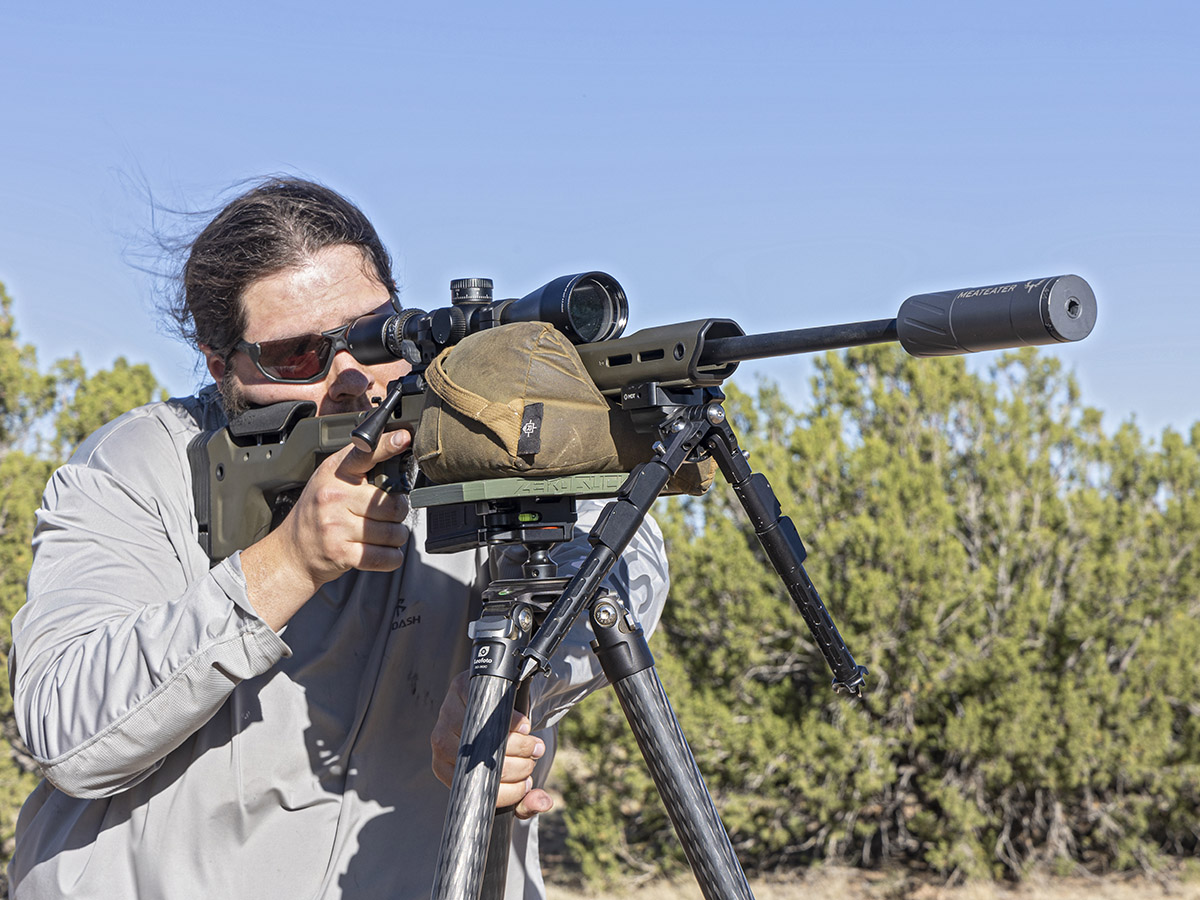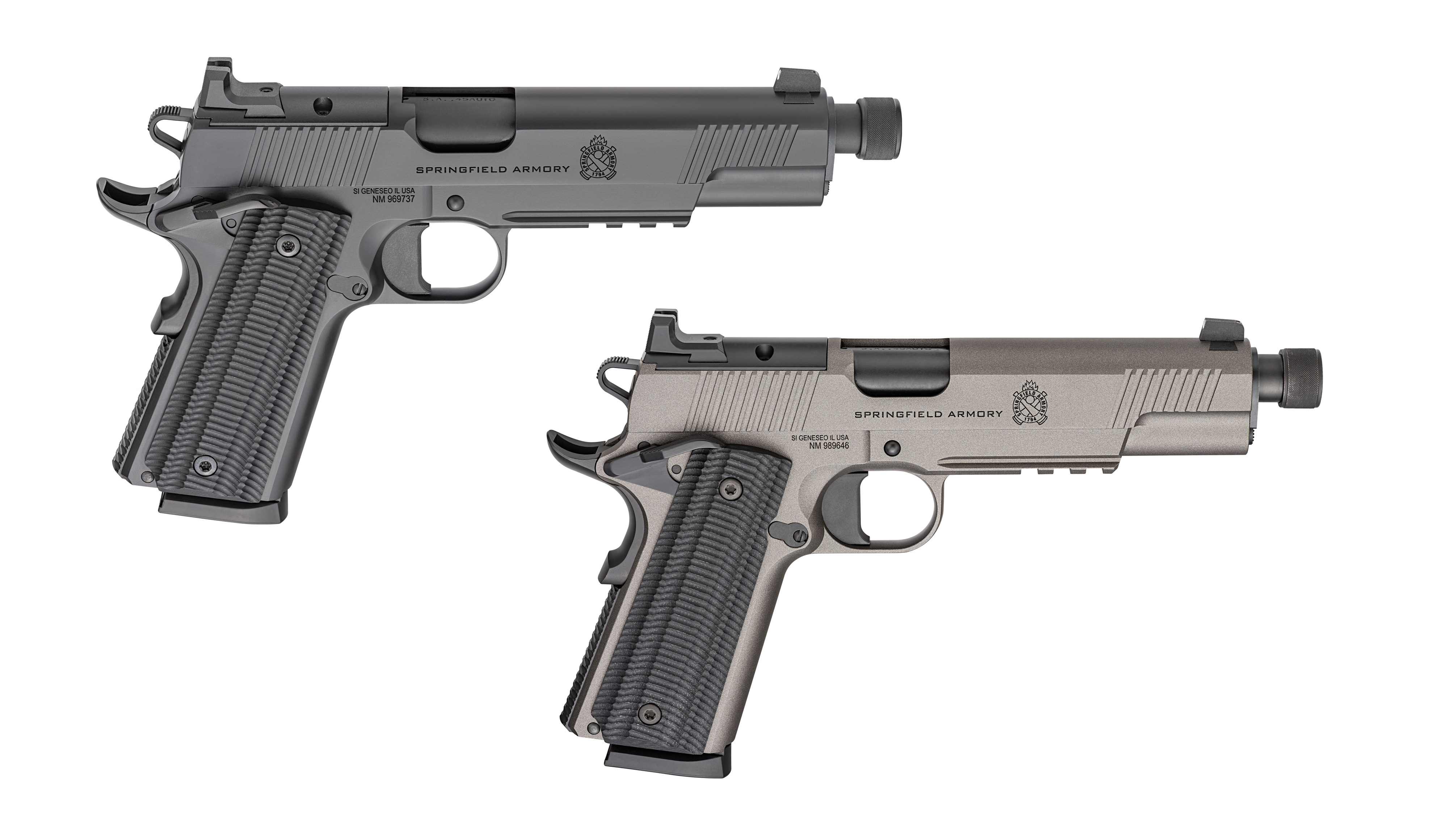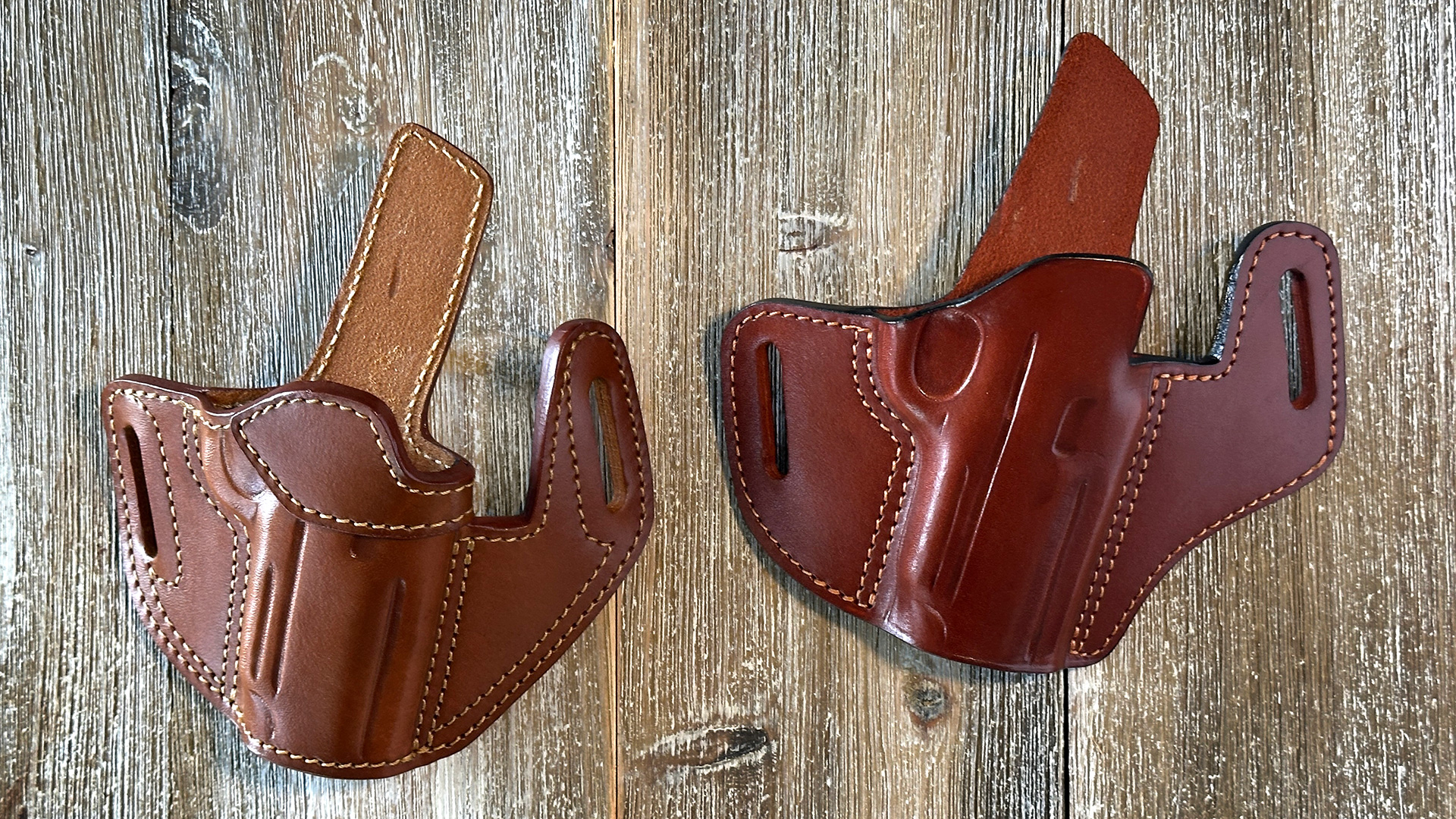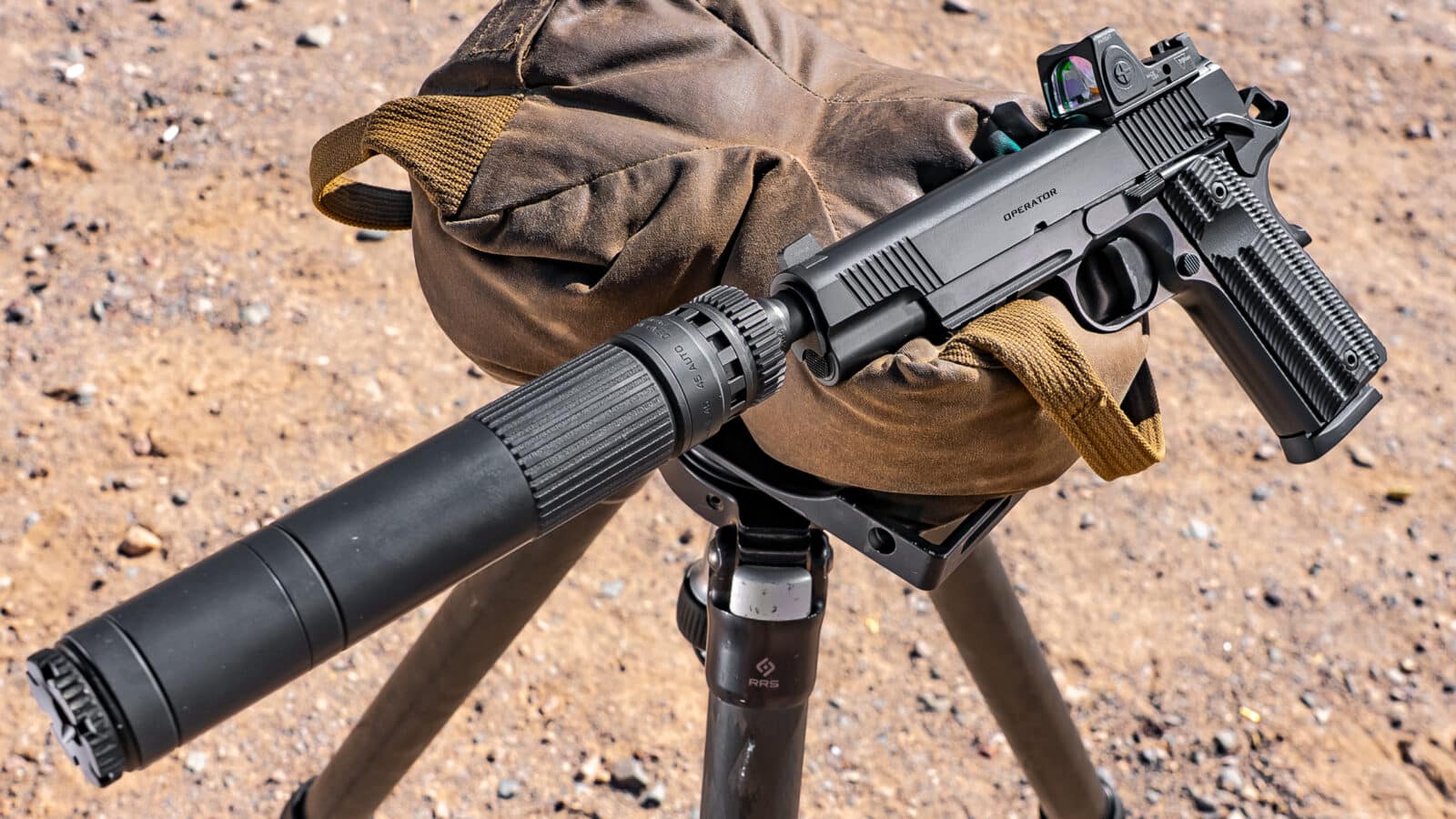Making Personal Defense Training Work For You
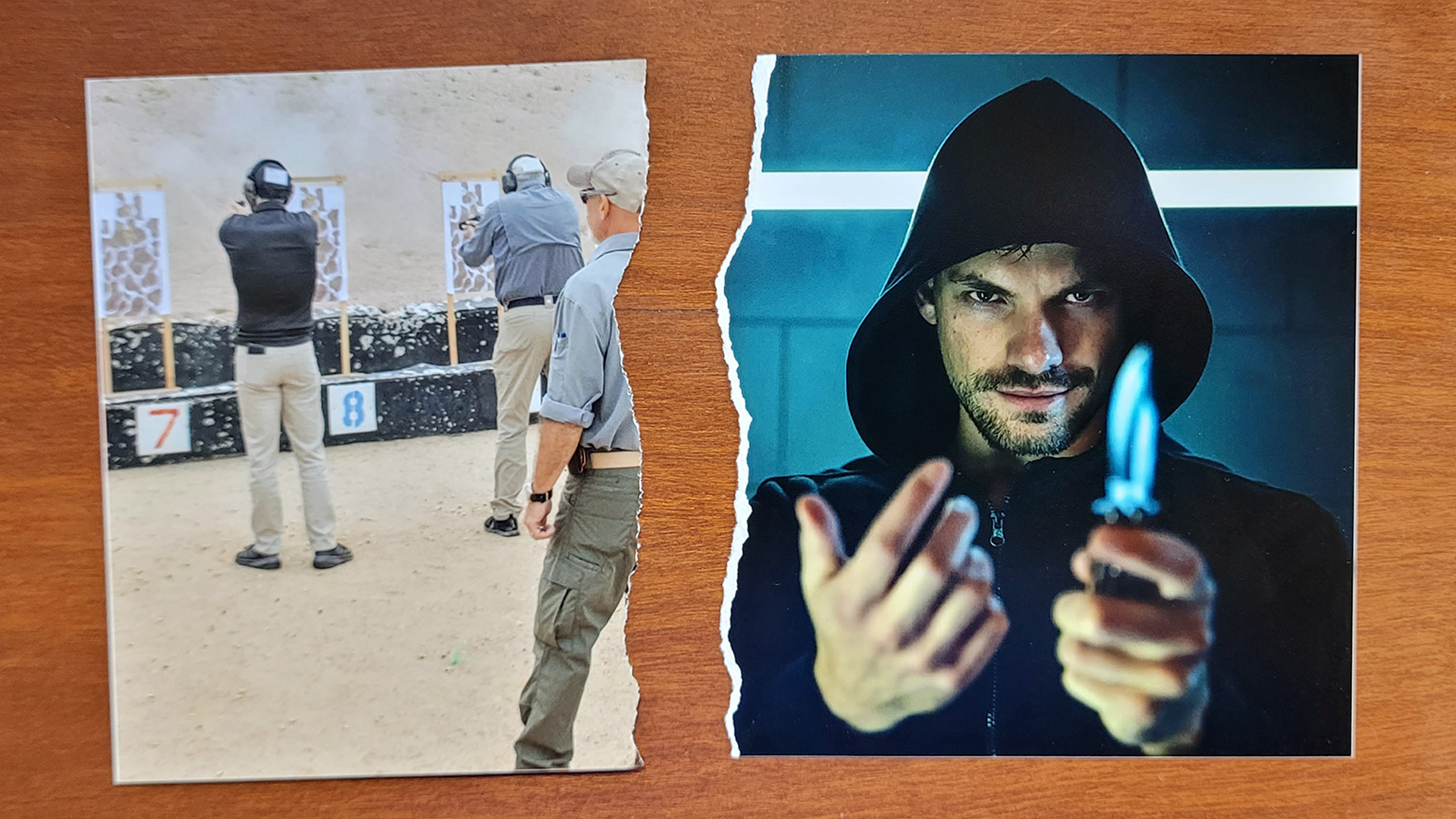
The Problem
You recently bought your first handgun. The reason was simple: It was for personal defense only. You could care less about recreational shooting, competition and certainly not hunting.
Guns and their use are foreign to you. But, in the interest of personal safety—with crime on the rise and the locals in the neighborhood being victimized by an increasing number of criminal encounters—you thought you should take a proactive approach and prepare yourself for what seems to be an inevitable, unavoidable eventuality.
You got your concealed-carry permit, but that did nothing to prepare you to defend yourself during a street crime or home invasion. You have also taken several classes from local firearms instructors, but it seems like all they want to stress is the fundamentals like grip, stance, sight alignment, trigger control, breathing, etc.
Having been in a street fight or two, you know all of this formality goes out the window when the adrenaline hits the bloodstream. Is there not a better way to train when the goal is street survival, where a gun is a tool used to increase the chances of coming out on top when facing one or more criminal attackers?
The Solution
Unfortunately, most typical firearms training—especially at the foundational level—is taught just as you described. It has been done that way for as long as I can remember, because that is the way it always has been taught. Put in the proper context, that methodology works well for shooting at inanimate targets, but fails miserably once a physical threat is factored into the equation.
What would best serve a person like yourself is a very seasoned instructor who capitalizes on his or her student’s natural talents with real-world scenarios cited for validation. This method is the opposite of the cookie-cutter approach that typically focuses on the fundamentals of marksmanship and nothing else involving a gunfight.
As with any training, safety should lead the way, and certainly a degree of marksmanship is necessary in order to hit your target. Nomenclature of the gun and ammunition is important as it allows the people involved in the training to speak the same language, i.e. muzzle, trigger, cartridge, etc. Yet, this is where conventional training and training to defend oneself with a gun reach a dividing point. If we were to define the objective of personal defense more closely, it would involve using the gun in close-proximity, short-duration and (potentially) low-light conditions.
A confrontation on the street is likely measured in feet, not yards. If one had plenty of warning that they were going to be in a street fight, avoidance would most likely be the best option. Even though crime does happen during the day, statistics tell us more crime takes place after dark. What this means is conventional training is of marginal value—as you have discovered—for your purposes.
Once you are comfortable with firearm safety and nomenclature, the next step is to fit the gun to the hand so it points where the eyes are looking. This is a natural ability that almost everybody has and it is referred to as eye/hand coordination. Just about from birth, we have been able to point at what our eyes are focused on. Fitting a pistol to our hand results in the gun being an extension to your natural point. The caveat here is the trigger finger must reach the trigger—and pull the trigger as many times as necessary—without pulling the muzzle off the target.
Given that, when personal safety is threatened, the eyes focus on the threat and, through eye/hand coordination and adequate trigger manipulation, effective hits will be delivered to the target when the distance is short and the time is at a minimum. There is no time to find that perfect stance, grip, sight alignment and utilize a slow, steady trigger pull, at the respiratory pause of breathing—all of which are ideal for precision shooting at targets that do not shoot back, but are not very useful when seconds count.
Understanding and cultivating your vision’s capabilities and how your body works with your eyes will boost your confidence and increase your success in personal defense.
The techniques of alternate sight pictures—such as seeing the outline of the gun in your peripheral vision as a byproduct of your eye/hand coordination—are considered advanced techniques by many, when they should be taught street survival first for the most effective results. It could be said that we are training, as a society of firearms enthusiasts, our personal-defense students in reverse order. Hitting our target in adverse conditions should come first, then the fine art of precision marksmanship can come as a follow up if an individual chooses.


